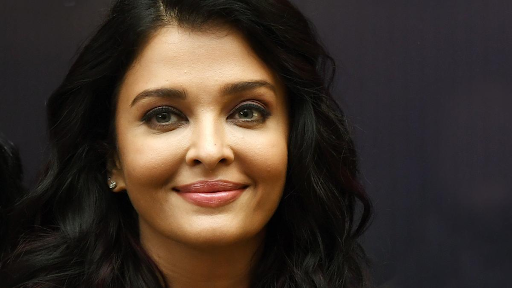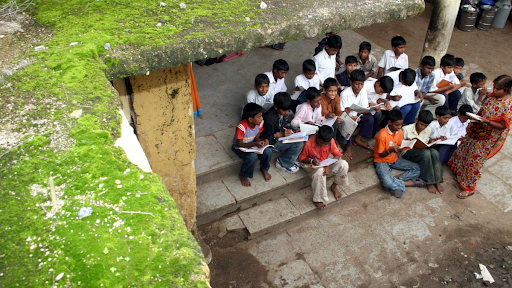



The Supreme Court ruled that inaccessible digital KYC norms violate Article 21, expanding it to include the right to digital access. Citing the RPwD Act, 2016, and constitutional rights, it directed reforms to ensure inclusivity for persons with disabilities, emphasizing equality, dignity, and non-discrimination in digital services.

Copyright infringement not intended
Picture Courtesy: THE HINDU
The Supreme Court (SC) directed revisions to Know-Your-Customer (KYC) digital norms to ensure accessibility for ‘persons with disabilities’ (PwD).
The Supreme Court says that Article 21 of the Constitution, which guarantees the right to life and personal liberty, now includes the right to digital access.
The decision comes after the Court noticed that the current digital Know-Your-Customer (KYC) processes exclude people with disabilities (PwDs), like visually impaired individuals and acid attack survivors. The Court orders changes to KYC rules to make them accessible.
Article 21 promises every Indian the right to life and personal liberty. Over time, the Supreme Court expands this to include rights like education, clean water, and privacy. Now, it adds digital access.
In today’s world, digital platforms—like online banking, government schemes, or even getting a SIM card—require KYC verification. If PwDs can’t access these due to inaccessible technology, their right to live with dignity suffers.
The Court, in Rajive Raturi v/s Union of India (2024) case, insists that accessibility is a constitutional must. It points to Articles 14 (equality), 15 (non-discrimination), 21 (life and liberty), and 38 (social justice) to argue that digital barriers violate these rights.
The Rights of Persons with Disabilities (RPwD) Act, 2016, aligns with the United Nations Convention on the Rights of Persons with Disabilities (UNCRPD).
The Act lists 21 types of disabilities, including blindness, low vision, and acid attack-related impairments. It pushes for universal design, where products and services work for everyone, disabled or not. For example, Section 42 orders the government to make all media—audio, print, and electronic—accessible. This includes adding audio descriptions, sign-language interpretation, and captions to videos.
The Act says digital platforms must be PwD-friendly. If KYC apps lack features like screen readers (which read text aloud for blind users), they violate the law. The Supreme Court uses this Act to argue that inaccessible KYC processes break India’s legal promises to PwDs.
Must Read Articles:
Source:
|
PRACTICE QUESTION Q. “Digital access is no longer a luxury but a necessity in modern democratic functioning.” Critically analyze. 250 words |






© 2026 iasgyan. All right reserved